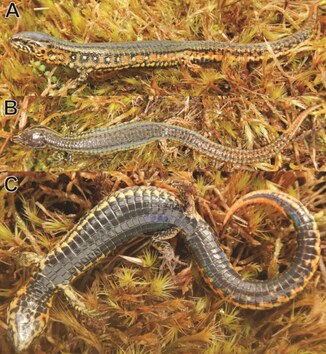
 In a collaboration led by Dr. Edgar Lehr of Illinois Wesleyan University and colleagues at the Museo de Historia Natural de la Universidad Nacional de San Marcos in Lima, we described and named a species of high-elevation lizard as Proctoporus titans. Proctoporus are small to medium sized lizards that inhabit the montane forests and high-elevation grasslands of the tropical Andes, from central Peru to Bolivia. Their diversity is likely underestimated, and new species continue to be discovered every year. This is the second species described, in less than one year, from the poorly explored Otishi National Park in the steep mountains of the Cordillera de Vilcabamba. Citation: Lehr, E., J.C. Cusi, M.I. Fernandez, R.J. Vera, and A. Catenazzi. 2022. A new species of Proctoporus (Reptilia, Gymnophthalmidae, Cercosaurinae) from the puna of the Otishi National Park in Peru. Taxonomy 3: 10-28.
0 Comments
A new lab contribution led by Yiqun Zhou and the group of Roger LeBlanc at the University of Miami published this week in the Royal Society of Chemistry's journal Nanoscale examines whether carbon nitride dots (CND), a type of carbon-based nanomaterial, can act as nucleobase analogs. Although the physicochemical property characterization demonstrated that adenine- and cytosine-incorporated CNDs are similar, guanine-, thymine- and uracil-incorporated CNDs did not exhibit as many similarities in their properties, morphology, and structure. Exposing developing zebrafish embryos to CNDs interrupts development, but the causes do not seem to be related to CNDs directly interfering with DNA replication, as shown in experiments comparing amplification of the zebrafish polymerase-alpha 1 gene in quantitative polymerase chain reactions. The embryogenesis interruption by bare and nucleobase-incorporated CNDs might thus not be a consequence of CND–DNA interactions during DNA replication. Instead, CND–Ca2+ interactions offer a plausible mechanism that hindered cell proliferation and zebrafish embryogenesis originating from disturbed Ca2+ homeostasis by CNDs.
Fotos del curso de campo en San Pedro, Kosñipata, zona de amortiguamiento del PN Manu, del 19 al 22 noviembre 2022.
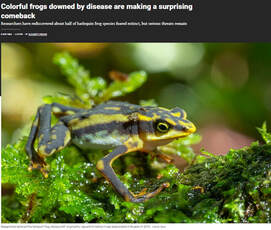 The magazine Science highlighted a study by Sarah Fitzpatrick (Michigan State University) and colleagues reporting the rediscovery of 32 species of harlequin toads over the past two decades. Many of these species vanished from the 1980s to the early 2000s, often concomitant to mass die-offs and frog population declines associated with epidemics of chytridiomycosis. Alessandro commented on the study and, as the Science noted in its conclusion, remarked that “we need to keep looking: rediscovered species are going to teach us important lessons about how we can make biodiversity more resilient.” 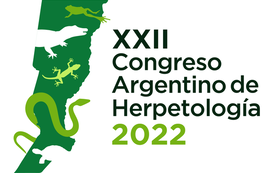 Alessandro will give a plenary talk at the XXII Congreso Argentino de Herpetologia in Santa Fe, from 18-21 October.  Alessandro participated in a podcast on amphibian conservation with AmphibiCast. AmphibiCast is a weekly podcast featuring informative and educational content for hobbyists, naturalists, ecologists, pet enthusiasts and anyone who appreciates frogs, toads and salamanders. The podcast is at https://www.buzzsprout.com/1186808/11210316-episode-105-iucn-amphibian-assessment-with-alessandro-catenazziwww.buzzsprout.com/1186808/11210316-episode-105-iucn-amphibian-assessment-with-alessandro-catenazzi.  The lab has two new members! PhD students Cara Giordano and Gustavo Ruano-Fajardo joined the lab this semester. Cara graduated from the University of Virginia with a bachelor's degree in biology and environmental sciences, with a specialization in conservation. Her undergraduate research investigated natural and sexual selection in brown anoles, focusing primarily on the role of secondary sexual characteristics as honest signals of male quality. After graduating, she worked for the National Park Service conducting invasive plant management in the DC metropolitan area. She is interested in investigating species responses to environmental changes induced by human activity.  Gustavo graduated from the Universidad de San Carlos de Guatemala – USAC, where he investigated salamanders and bromeliads interaction. He then obtained a master from the Universidade Federal de Alagoas (Brazil), continuing his research on bromeligenous amphibians, this time incorporating the risk of infection with the chytrid fungus in frogs of the Northeastern Atlantic Forest of Brazil. Bromeliad tanks are important for amphibians because they may be environmental refuges from diseases, climatic change, and habitat loss. Understanding amphibian dynamics within this microhabitat could be fundamental for amphibian diversity facing threats from global change. His current research interests are the amphibian microbiome, host-pathogen interactions, and bromeliads micro-ecosystems. The lab has been busy presenting research at conferences this month. Rachel presented results from her research investigating whether Chytrid avoidance is an innate behavior in the strawberry poison frog at the Animal Behavioral Society meeting in San Jose, Costa Rica, from 20-23 July. Jon presented his poster on Transmission of Batrachochytrium dendrobatidis in terrestrial-breeding frogs in andean montane forests at the Joint Meeting of Ichthyologists and Herpetologists in Spokane from 27-31 July. Alessandro moderated the Amphibian disease session and gave a talk on Why don't diseases fade away: Role of disease-tolerant species in amplifying transmission of chytridiomycosis. Both presentations will also contribute to the First Global Amphibian and Reptile Disease Conference (GARD) in Knoxville from 4-10 August, where Alessandro will also co-author a talk on First evidence of Ranavirus in native and invasive amphibians in Colombia (presented by lead author Vicky Flechas). Anne presented her research on Sociality and the oral microbiome in prairie voles at the International Society for Behavioral Ecology Congress in Stockholm, Sweden, from 28 July to 2 August. Congrats to all presenters!
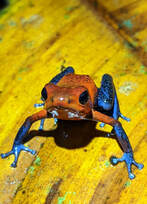 Rachel will be presenting her poster Is chytrid avoidance an innate or learned behavior in the strawberry poison frog? at Animal Behavioral Society meeting in San Jose, Costa Rica, from 20-23 July. Her poster is scheduled for 7:30 PM EDT on Friday, July 22. Her research investigates whether female Oophaga pumilio can detect and avoid chytrid zoospores, thus limiting exposure to infection. |
Archives
April 2024
CATENAZZI LABNews from the lab Categories |
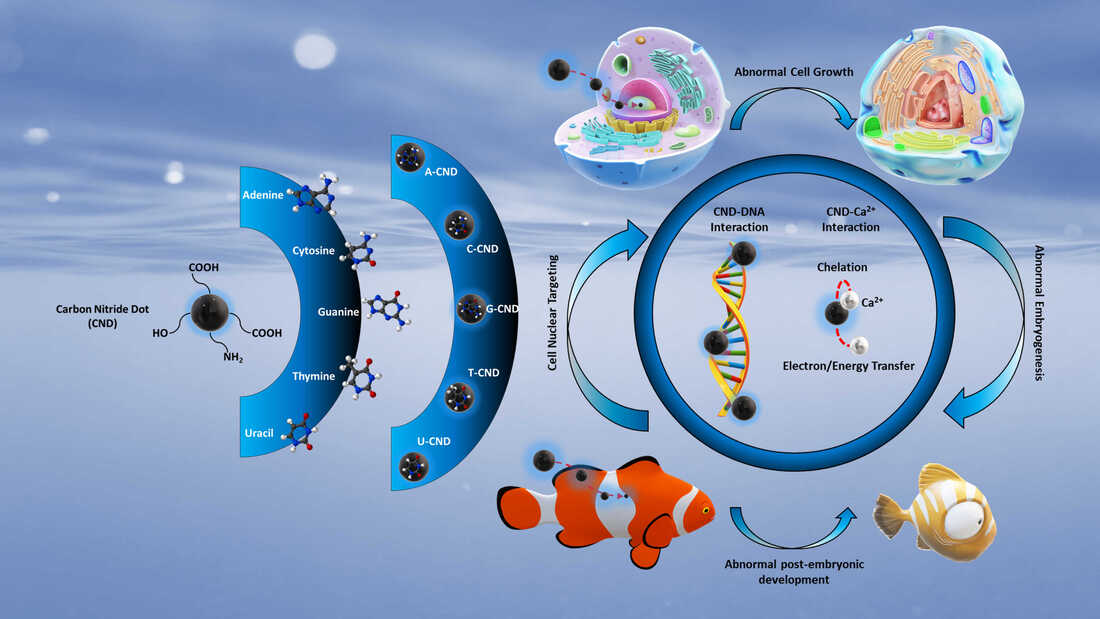
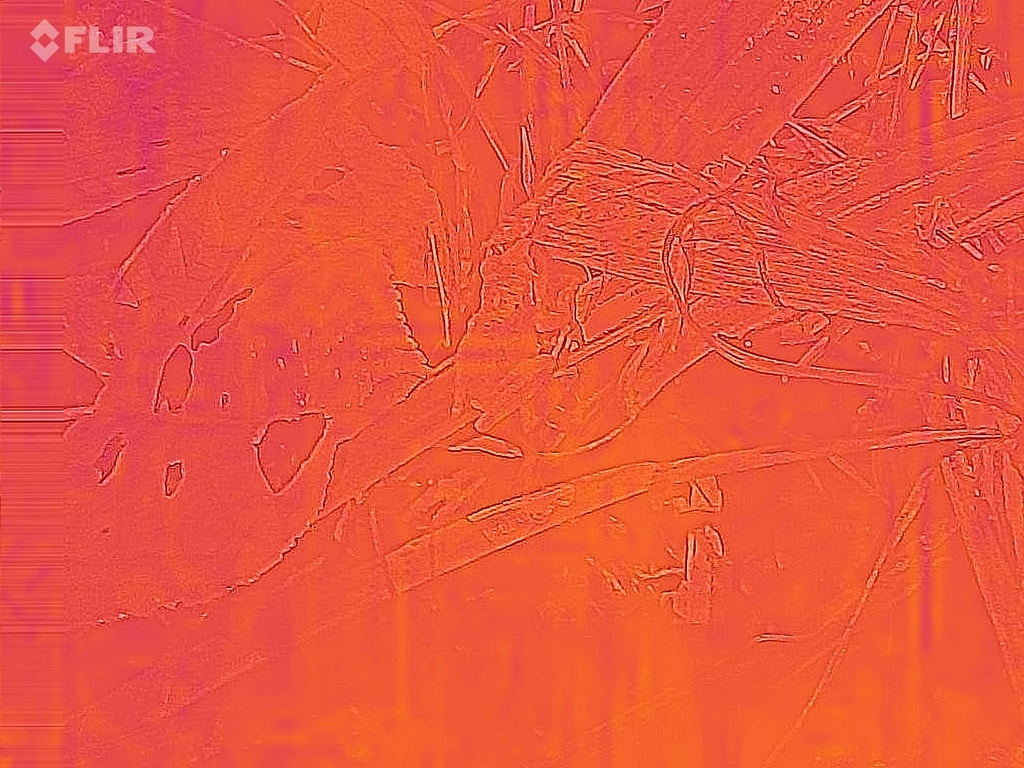
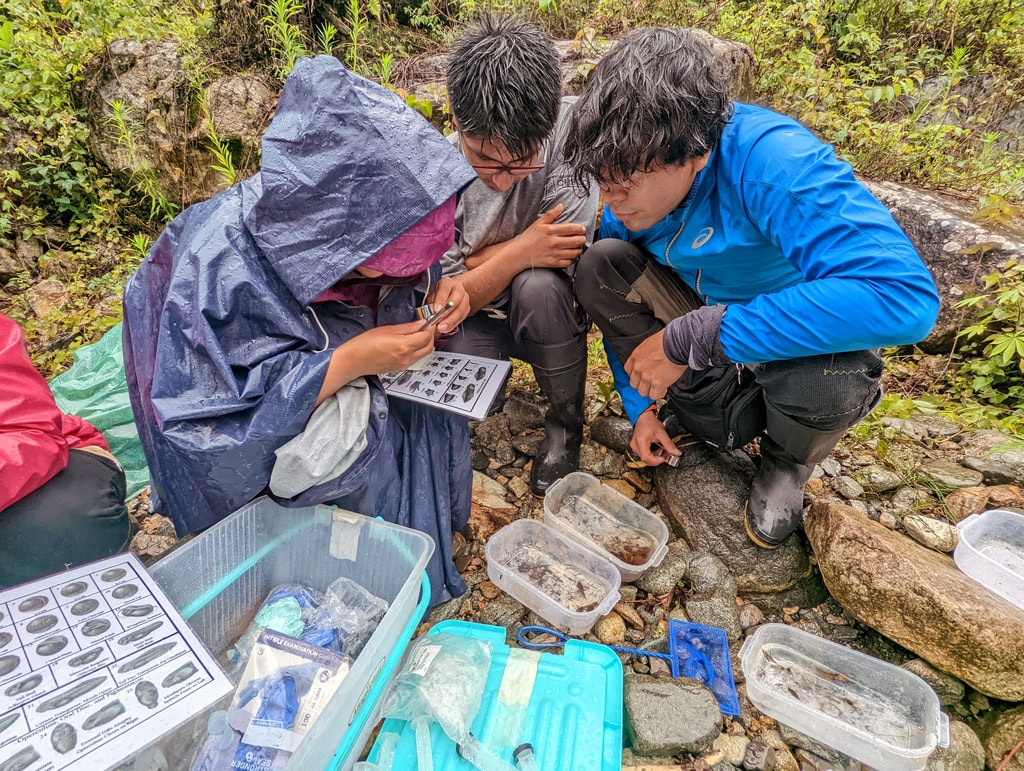
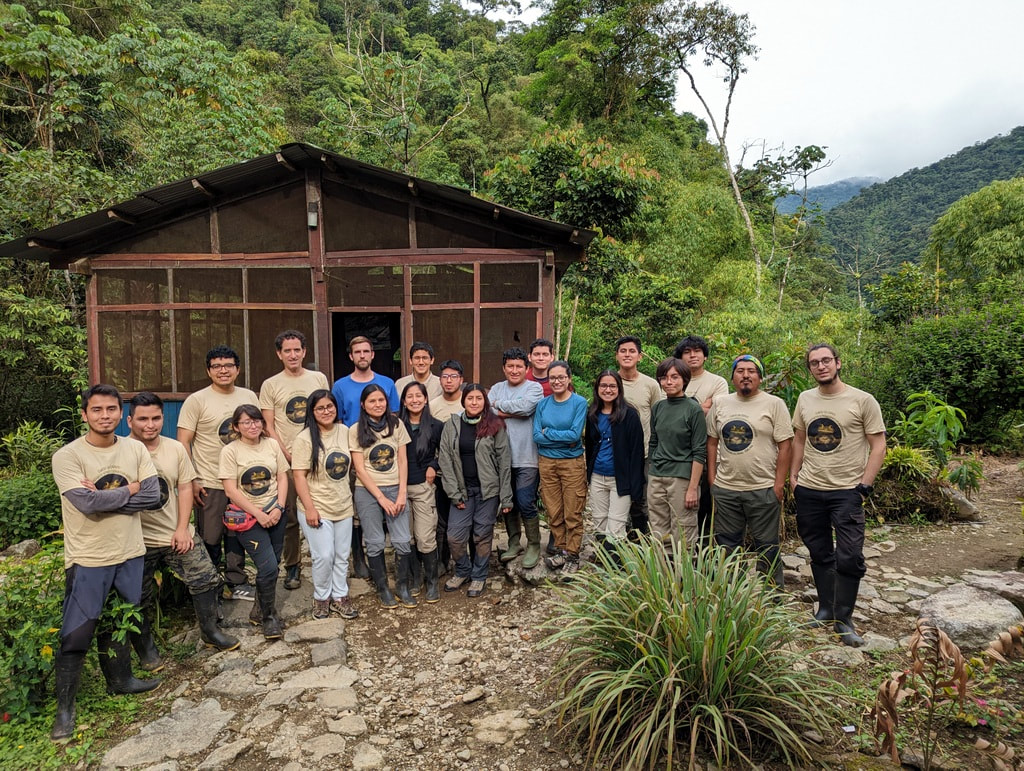
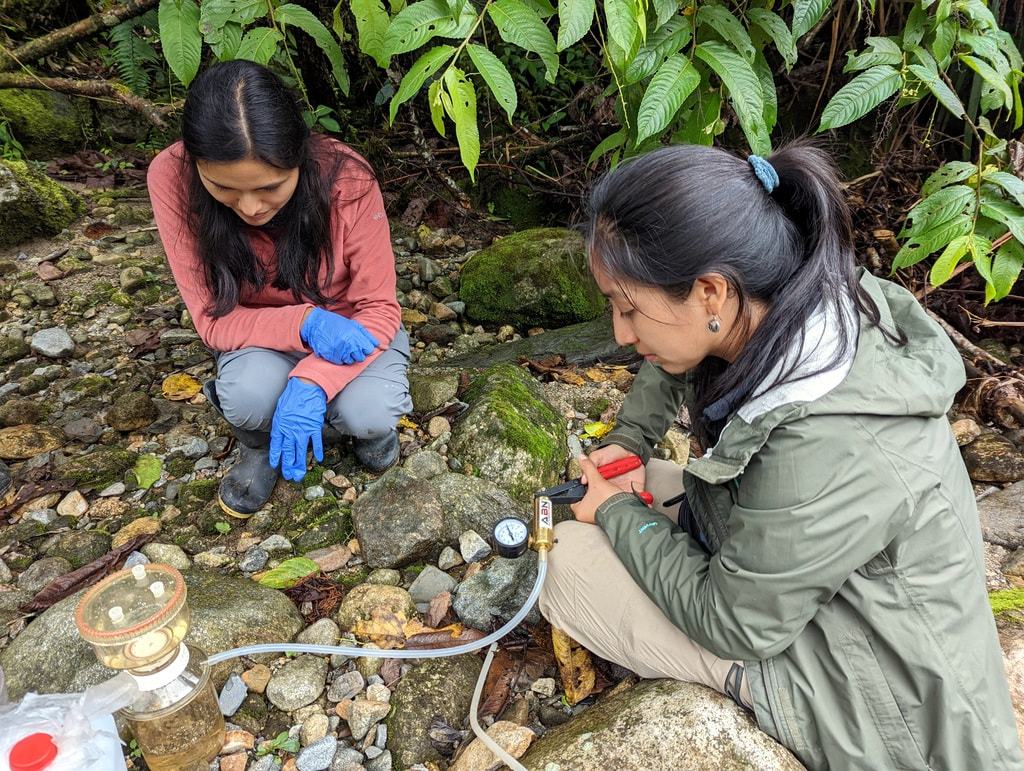
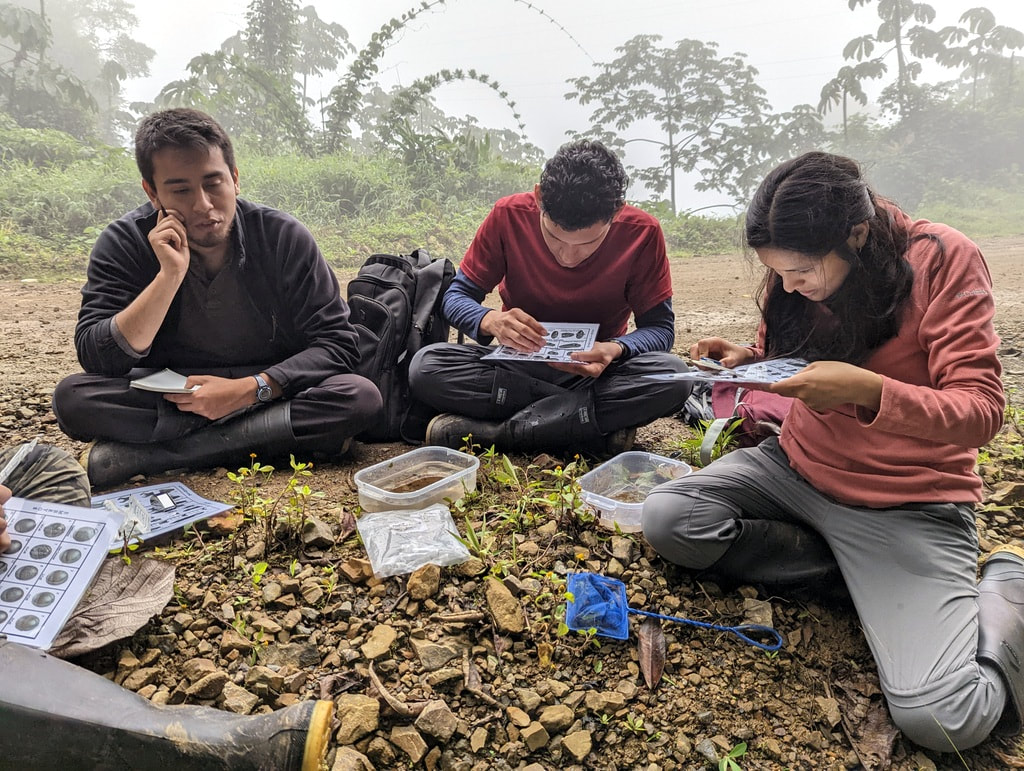
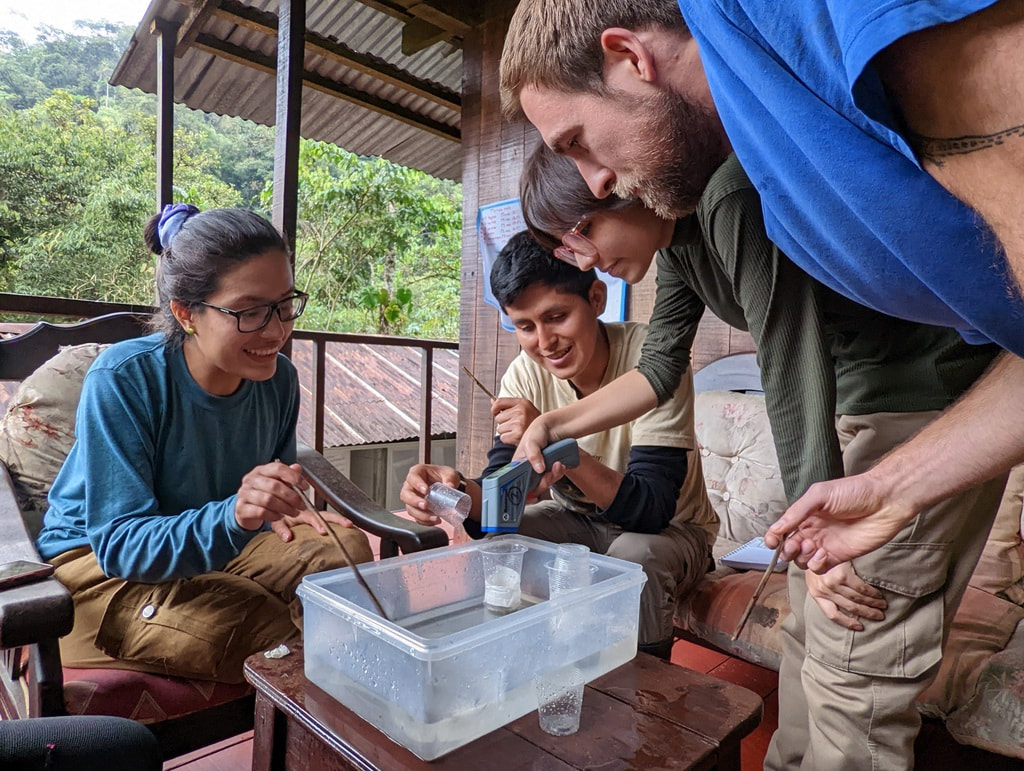
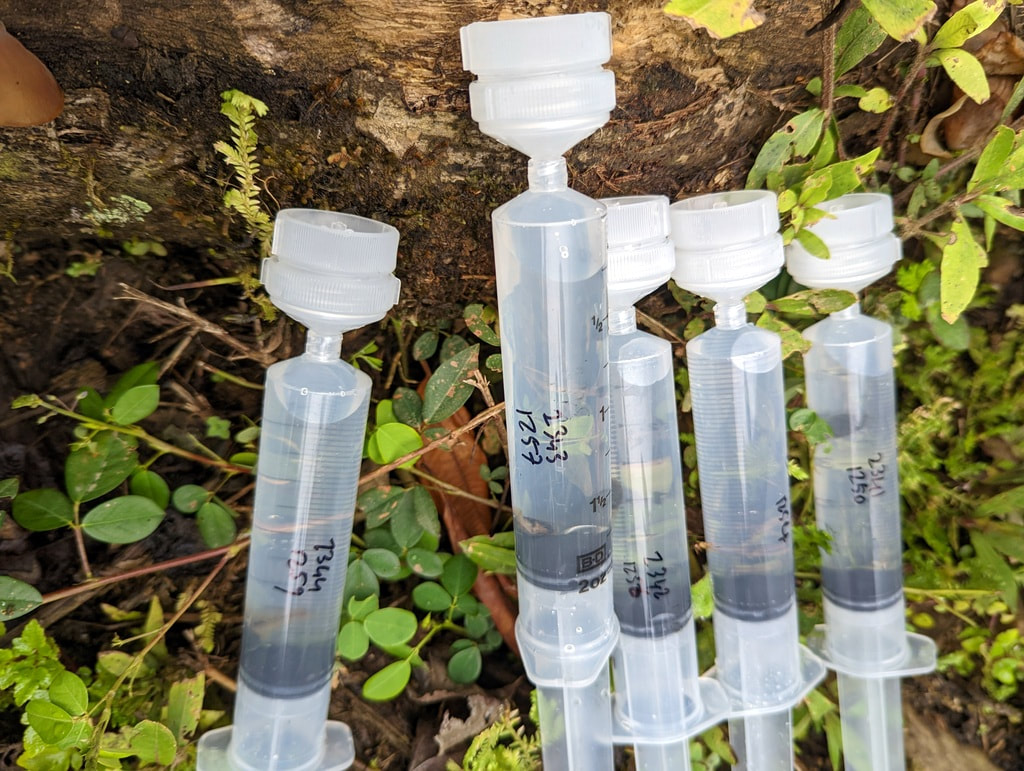
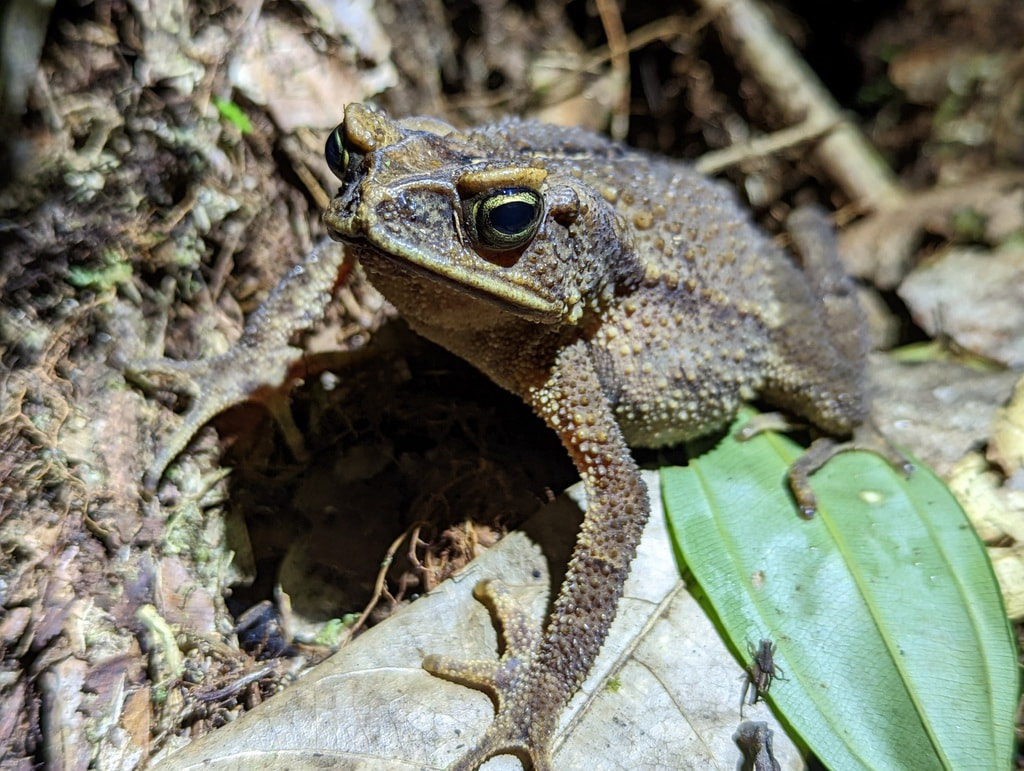
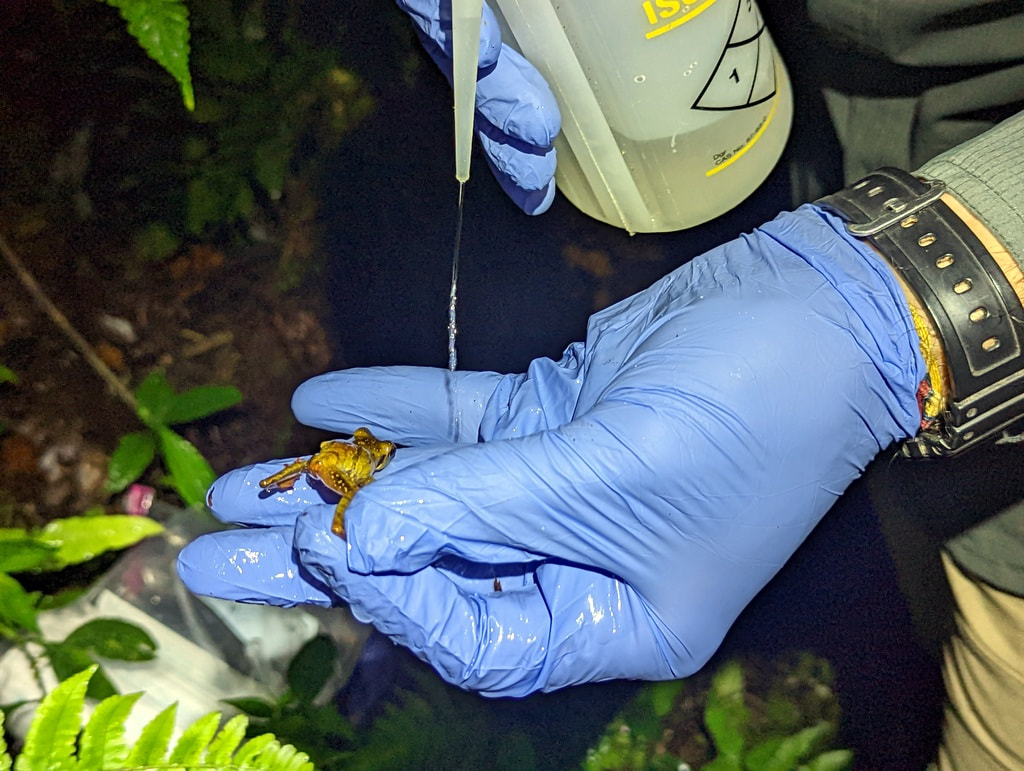
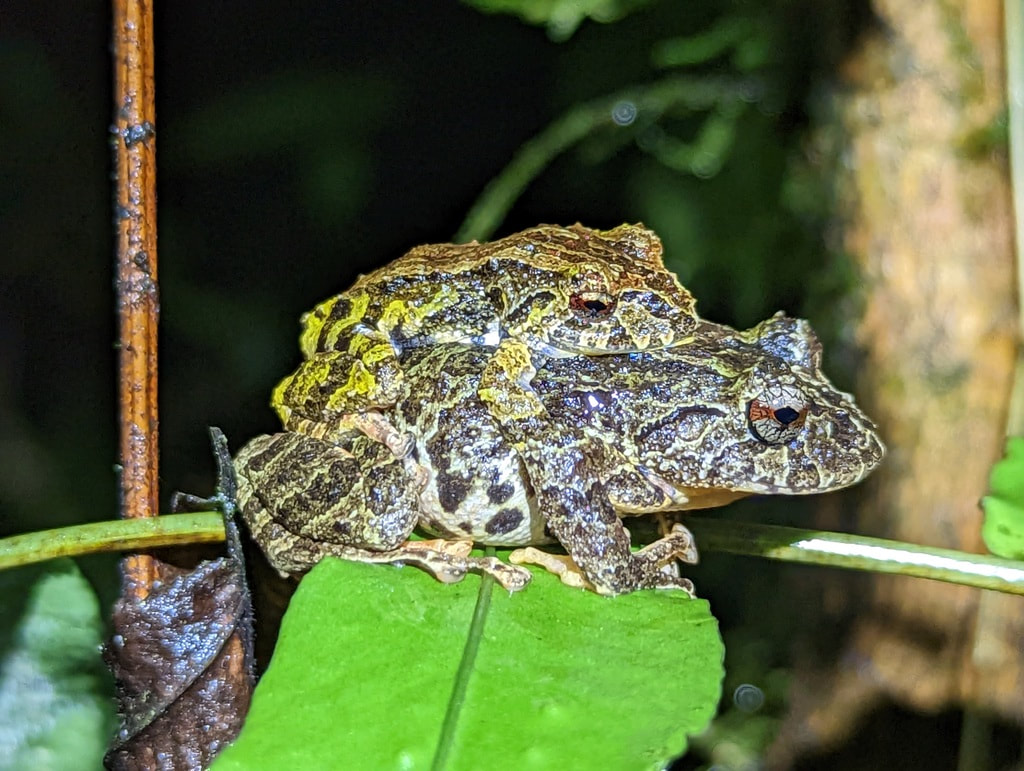
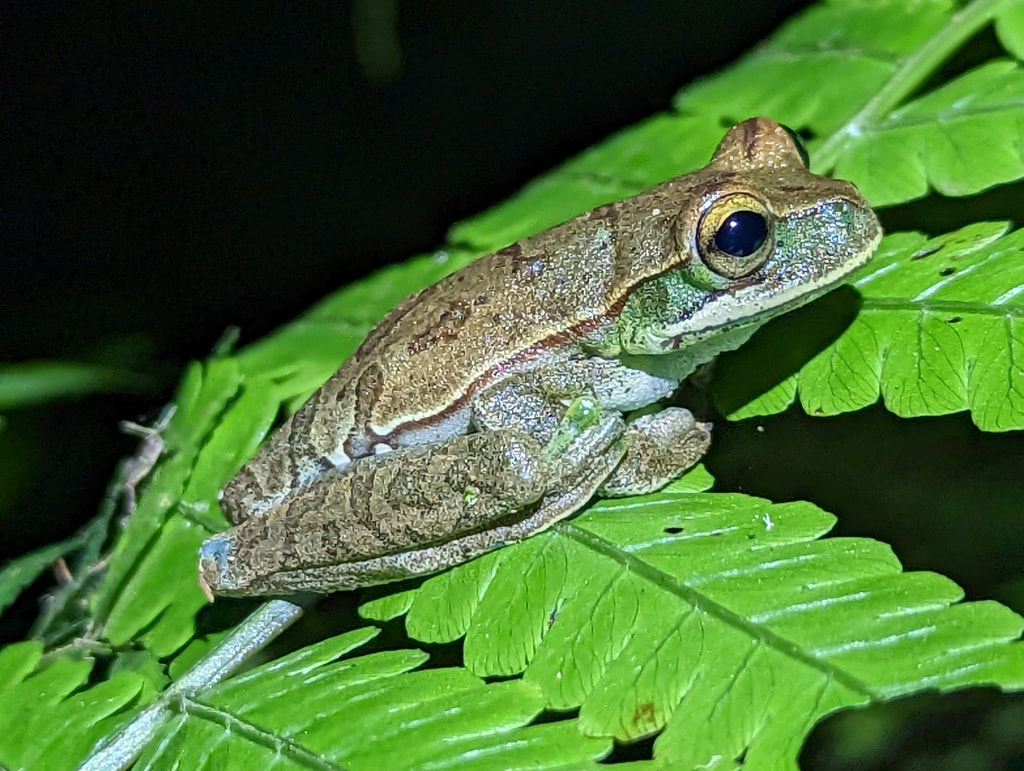
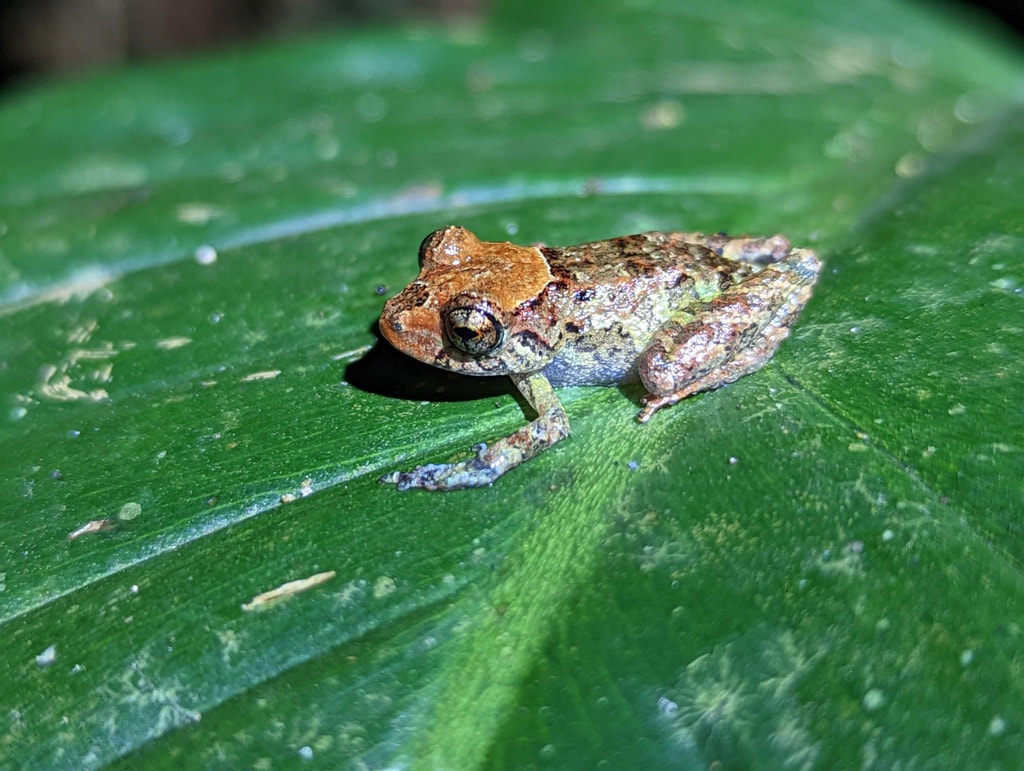
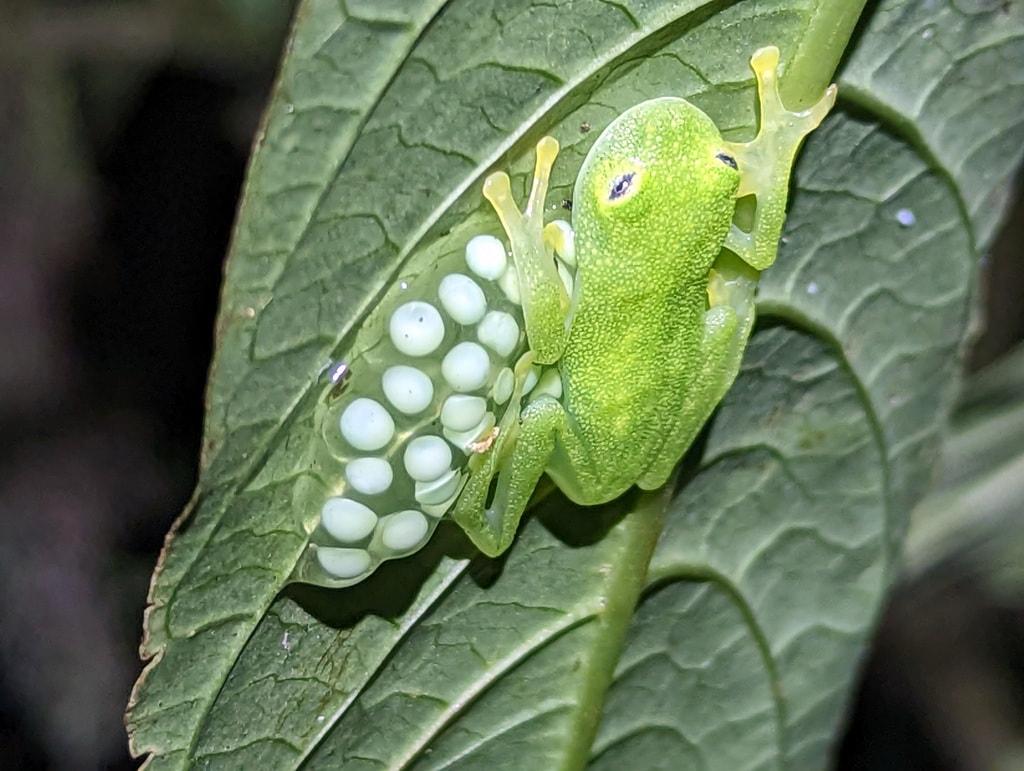
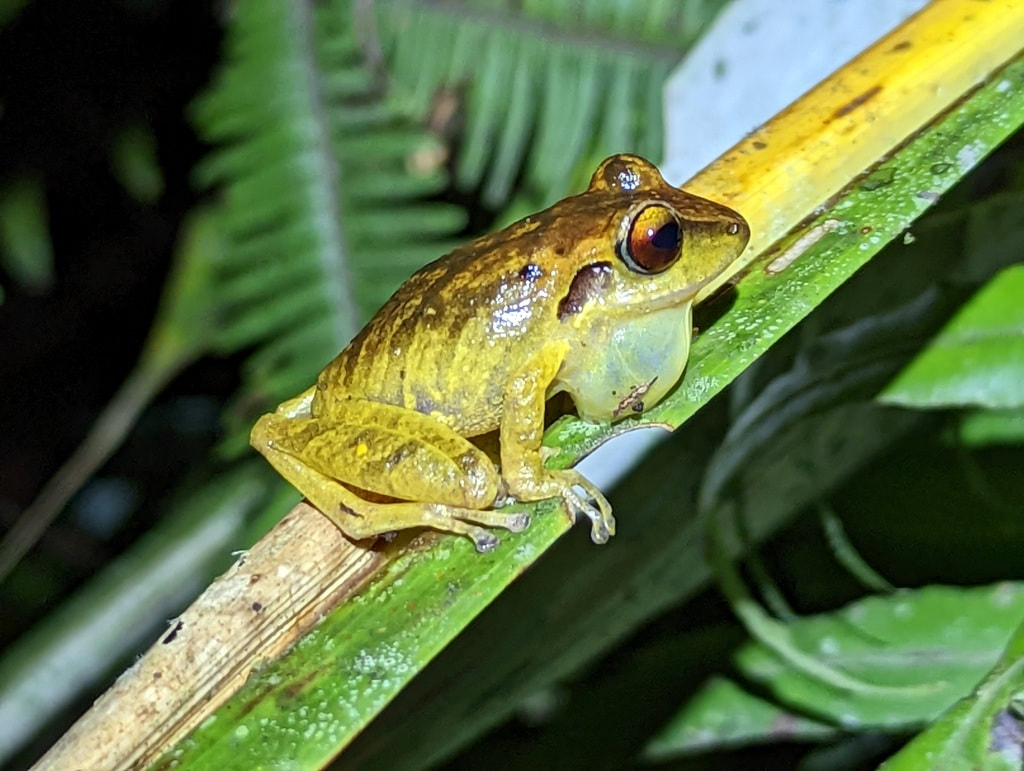
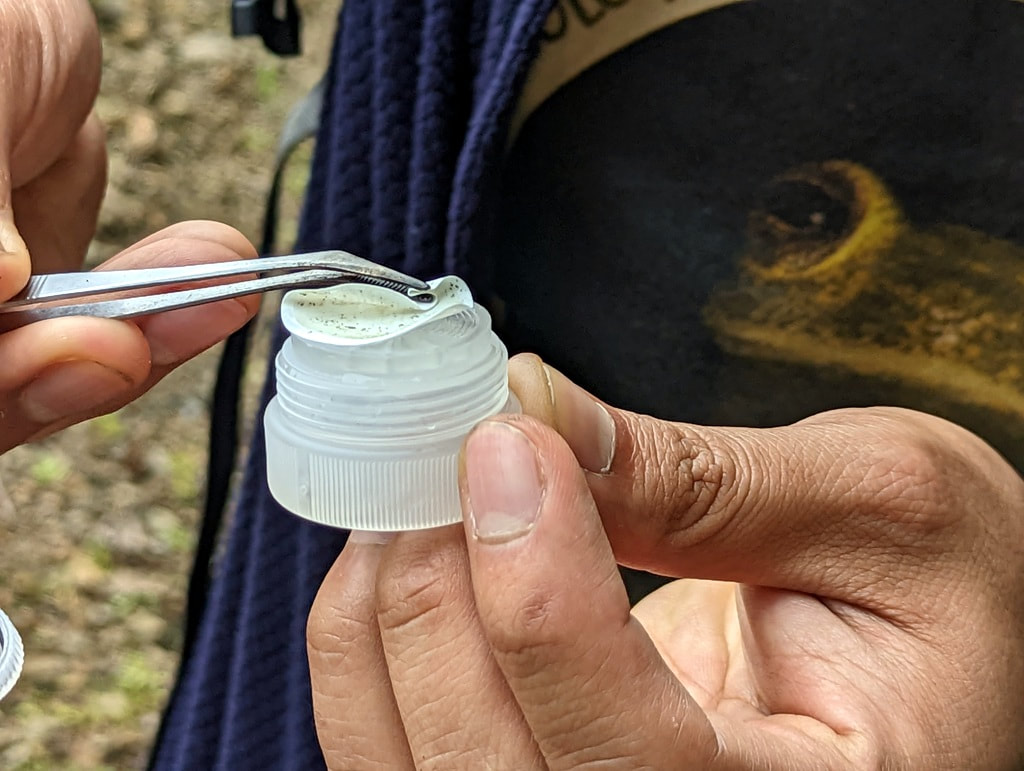
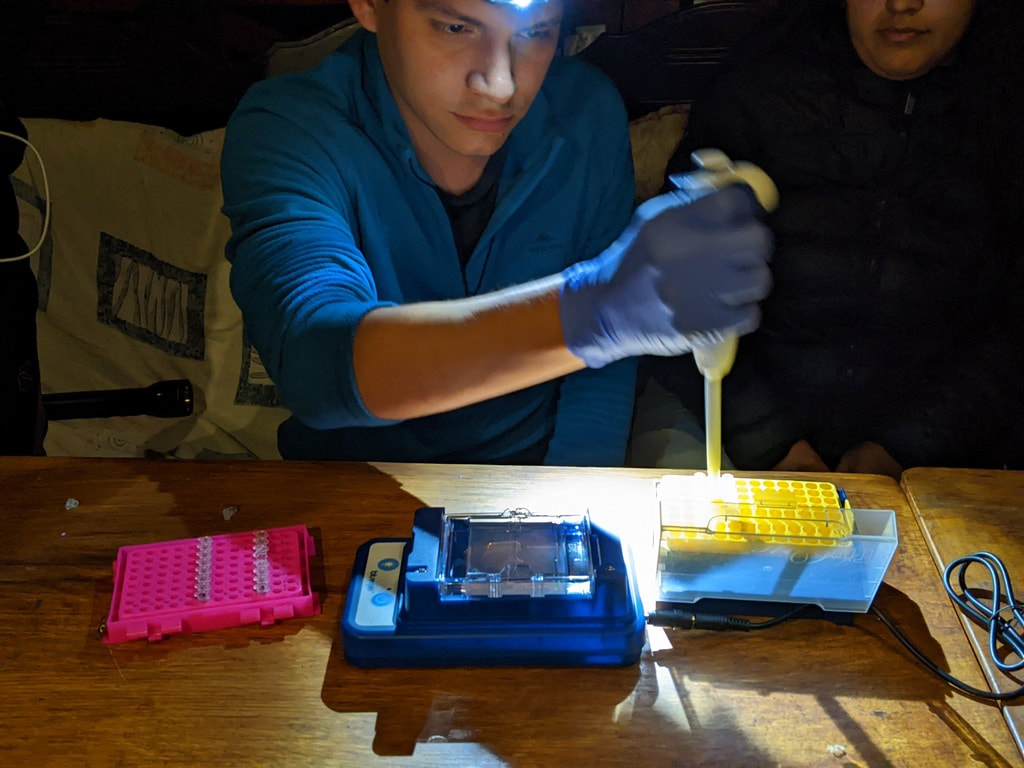
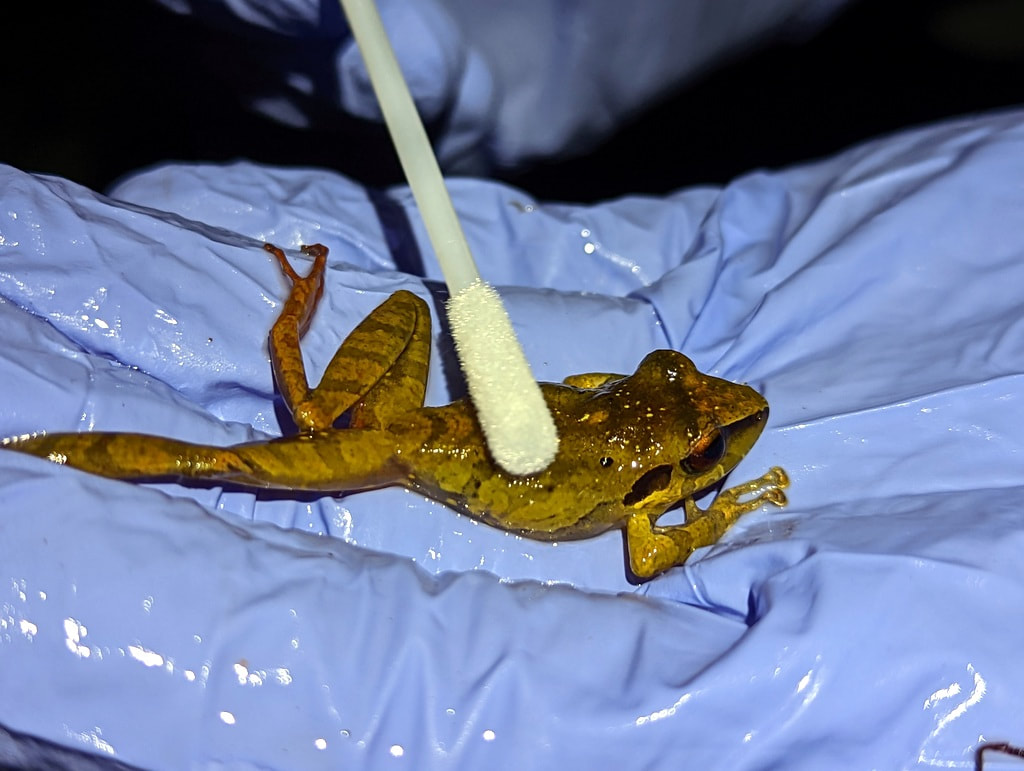
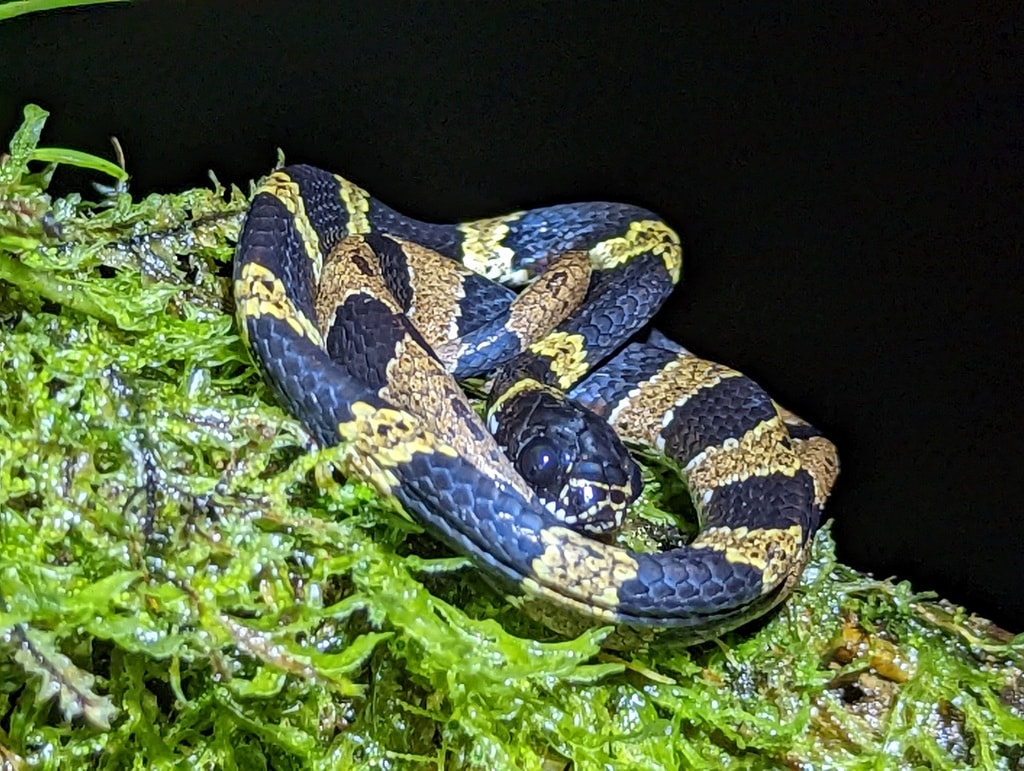
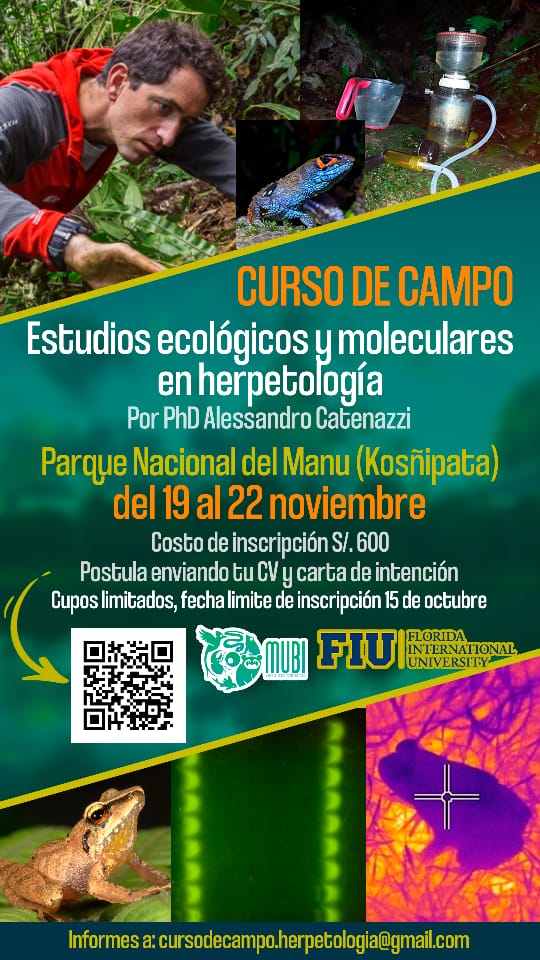
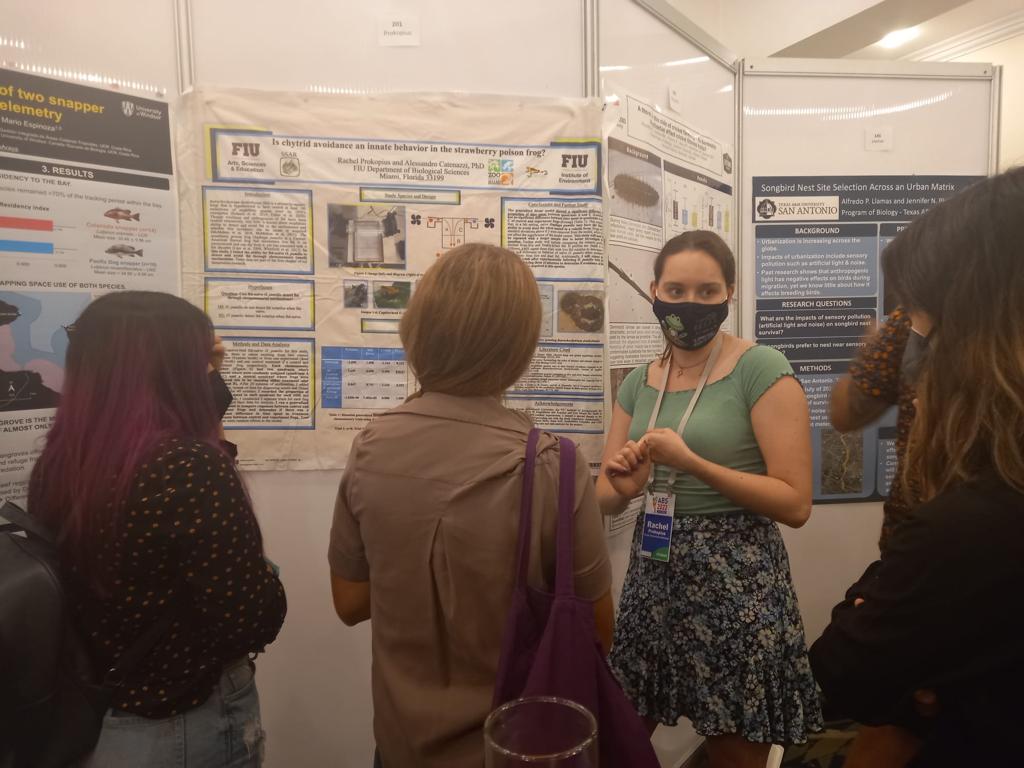
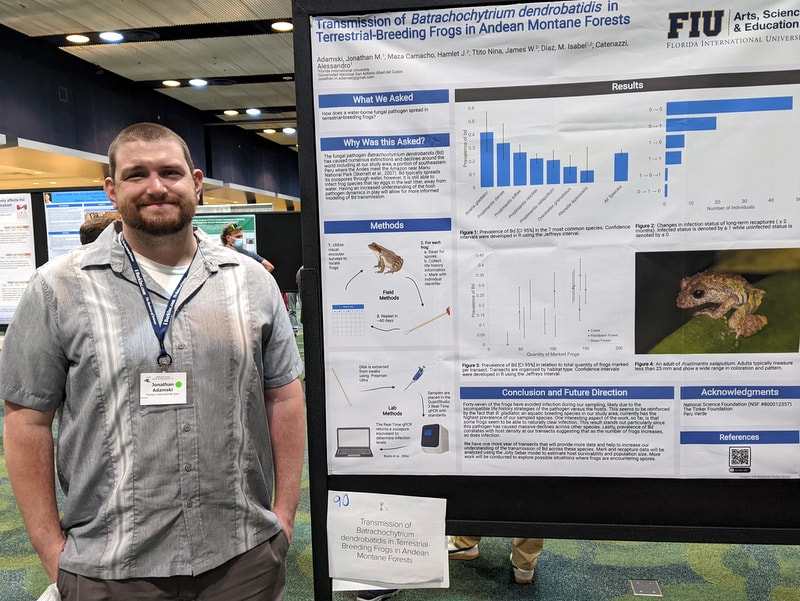
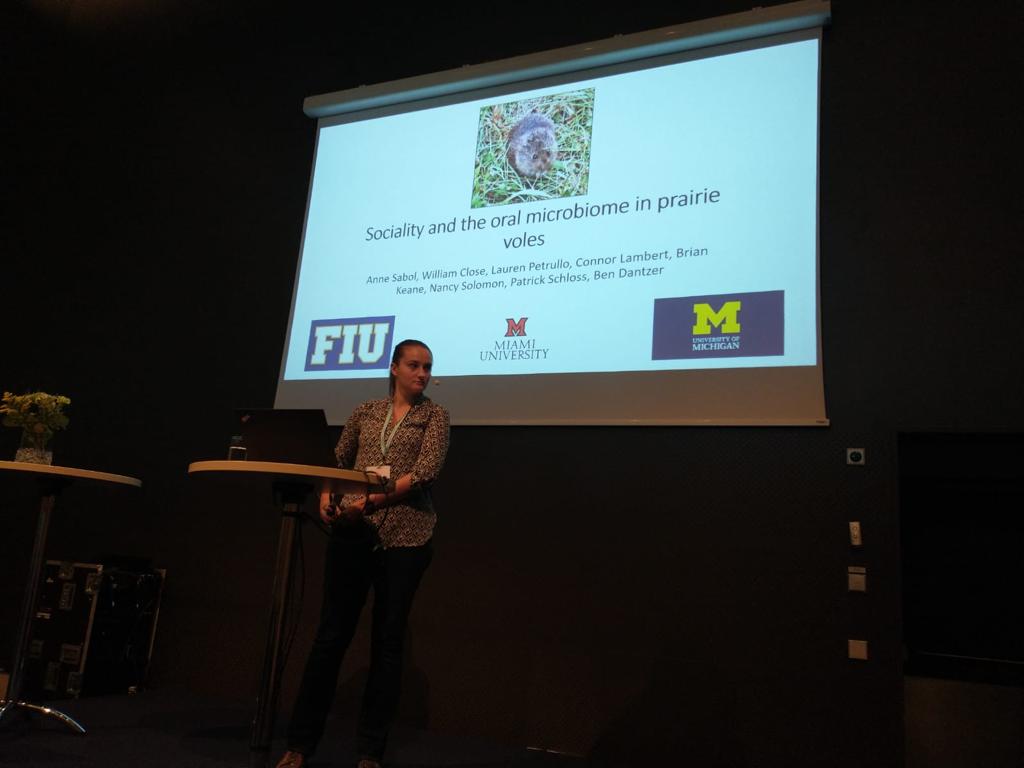
 RSS Feed
RSS Feed